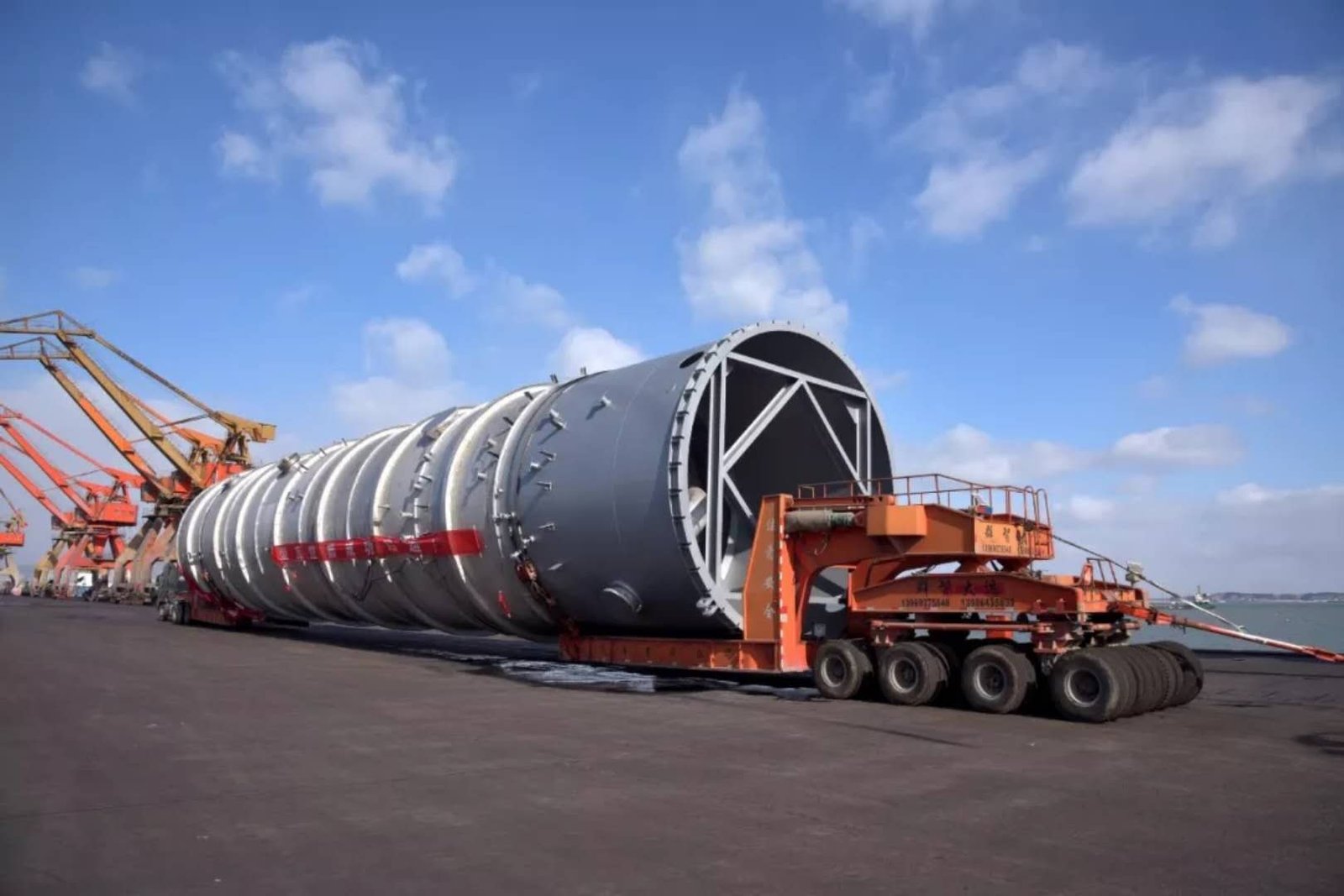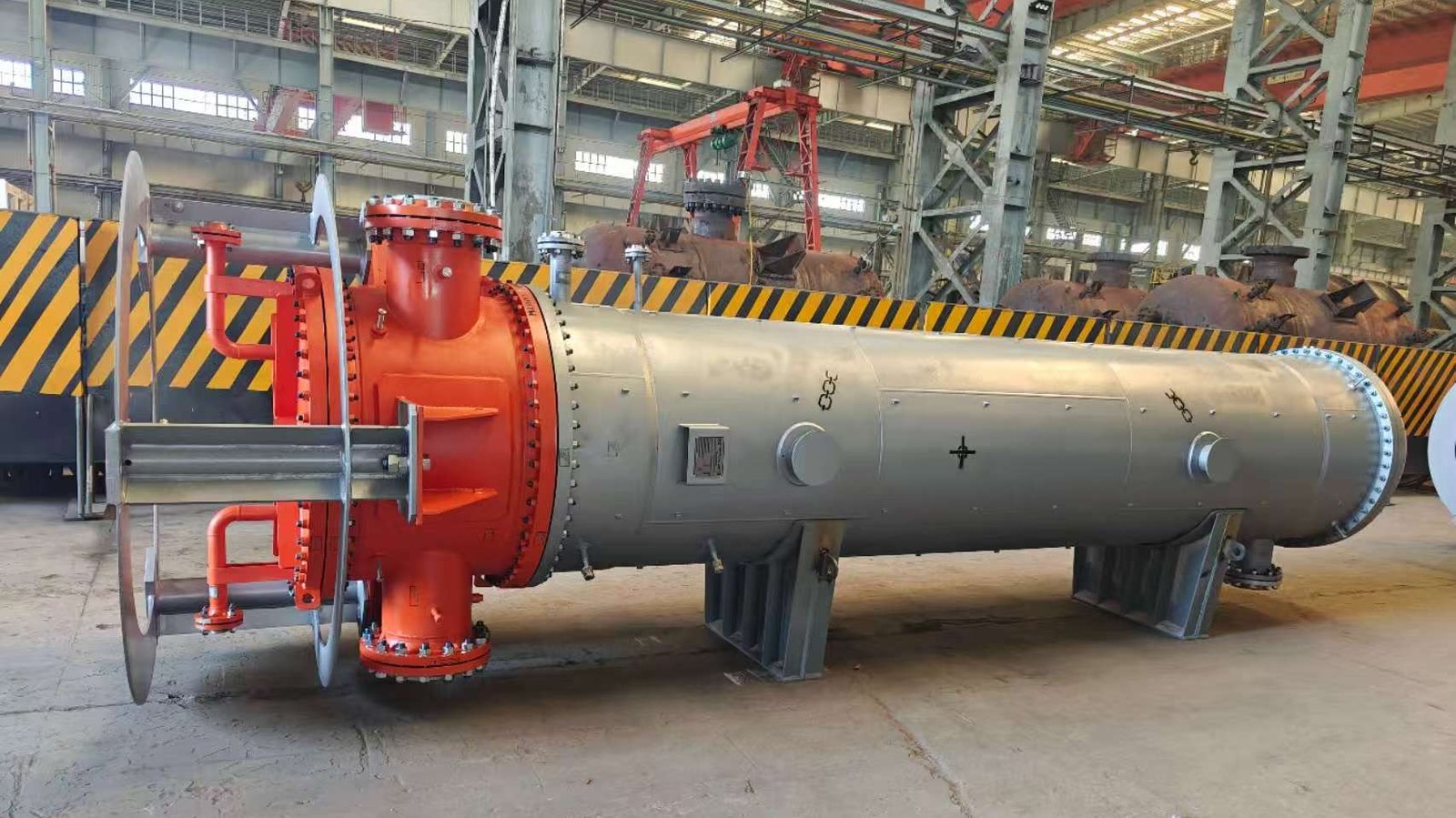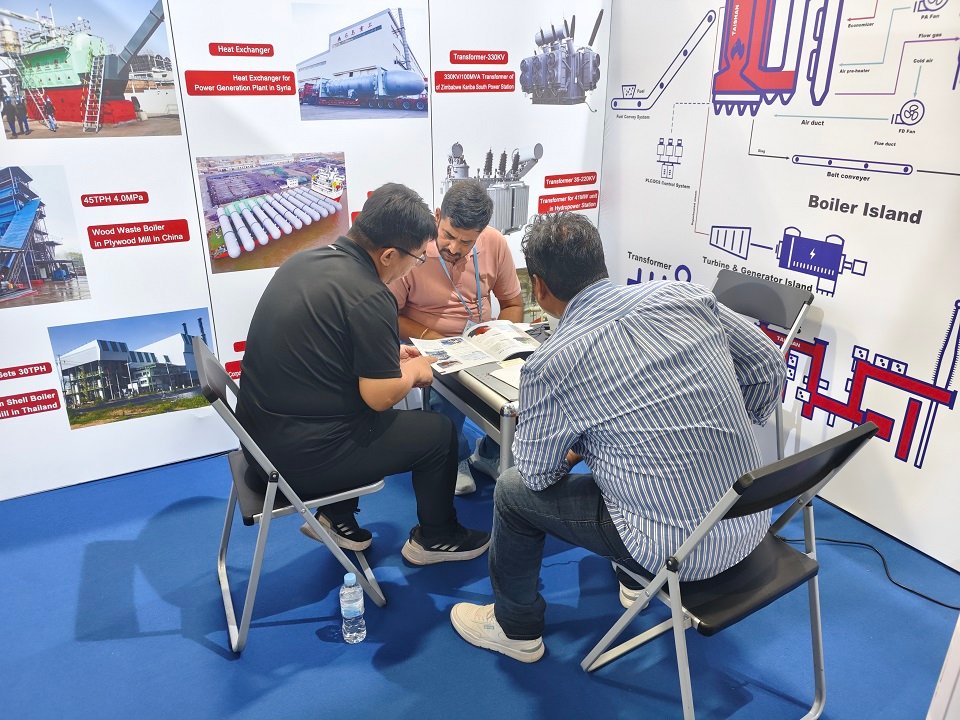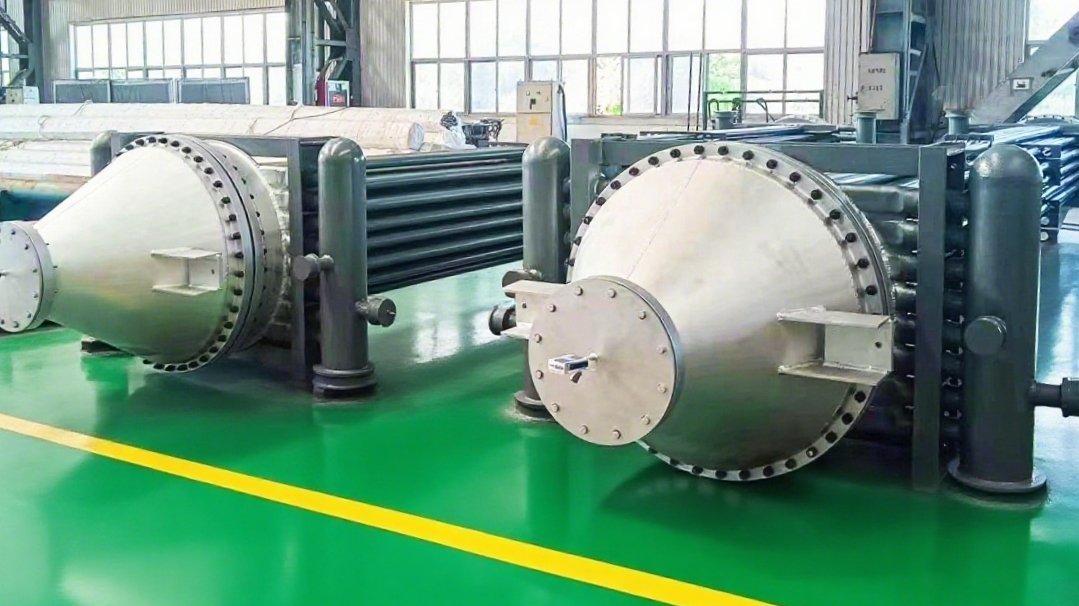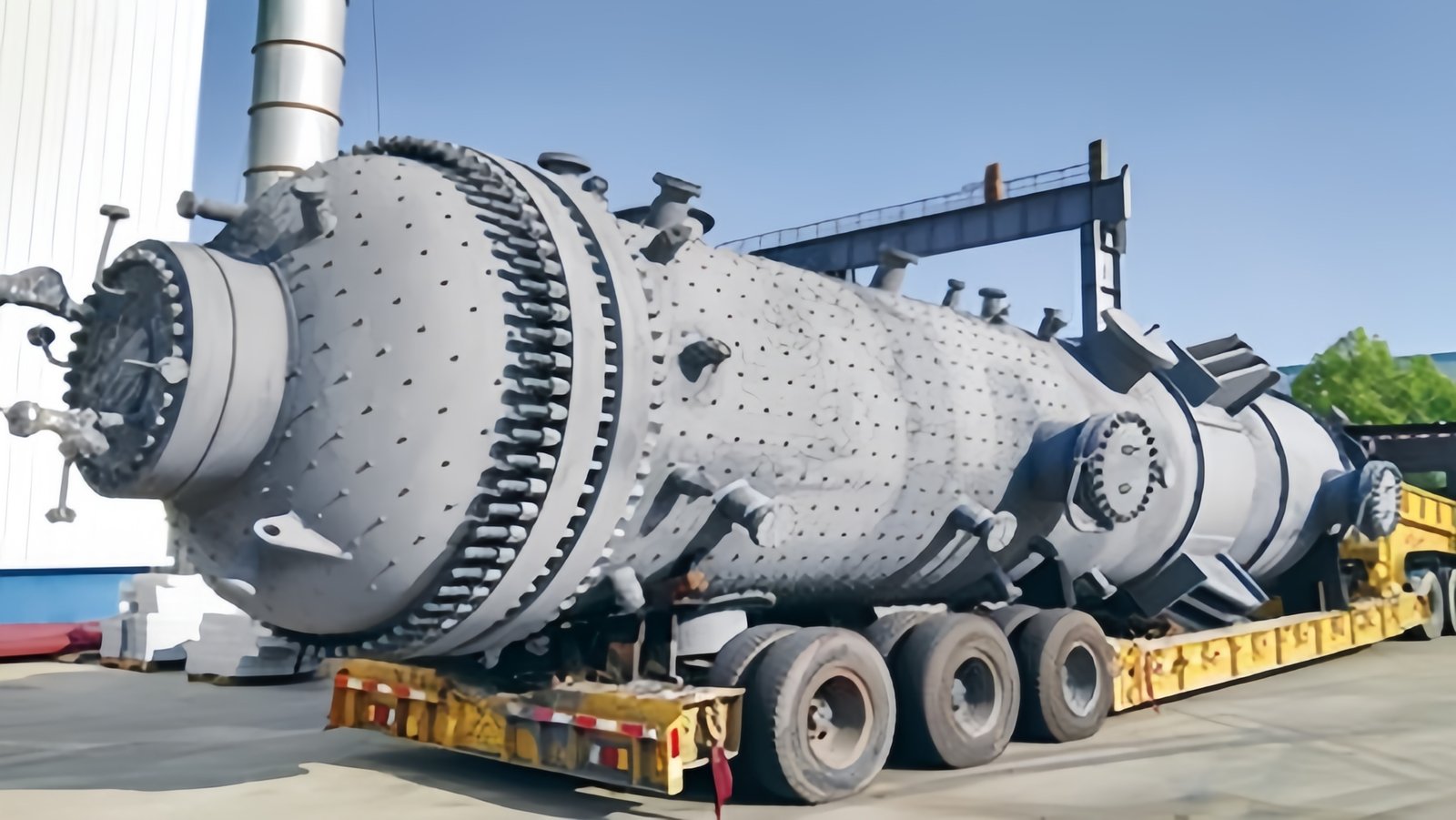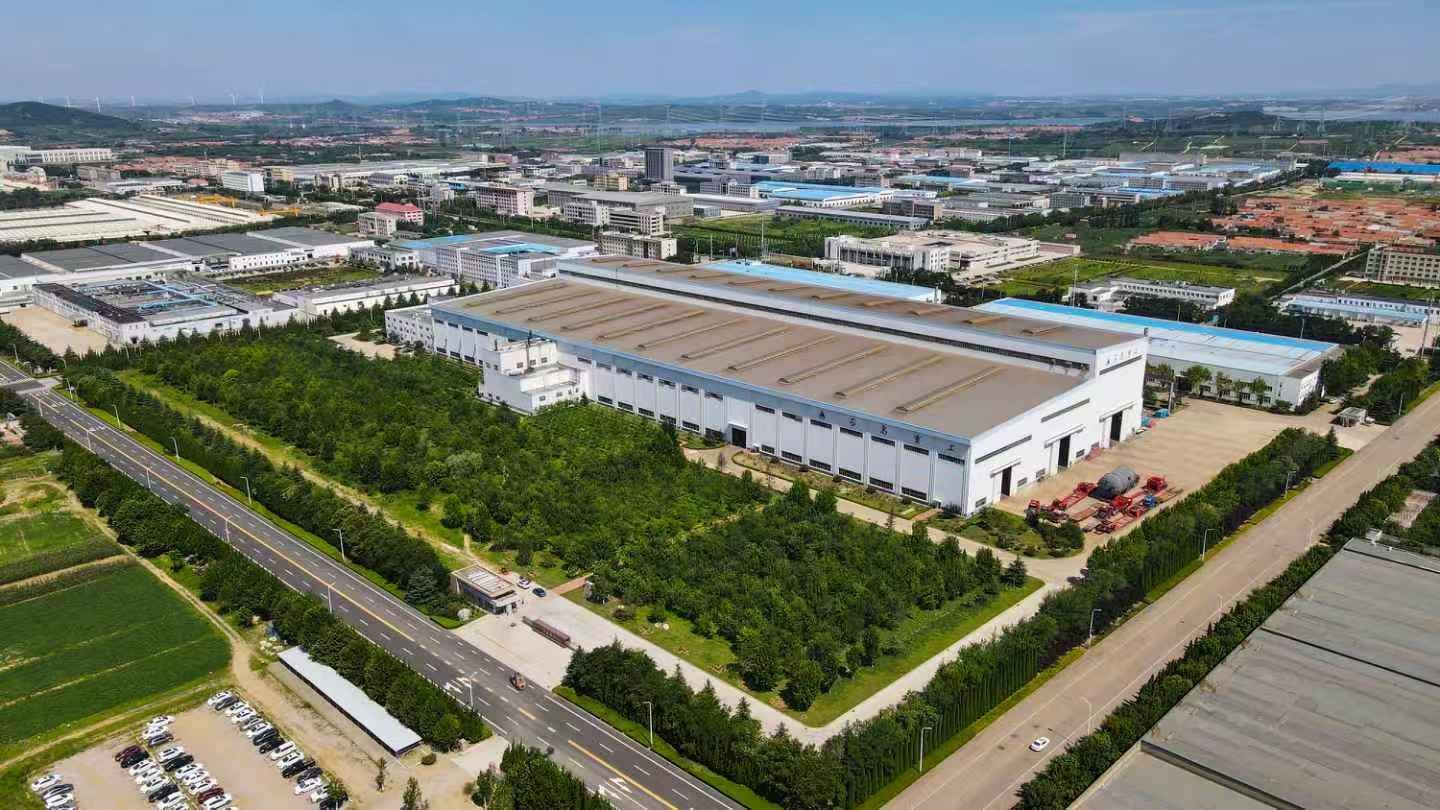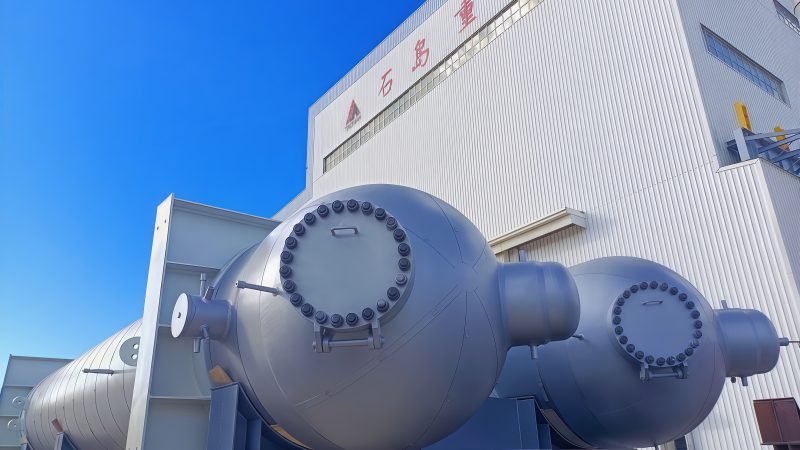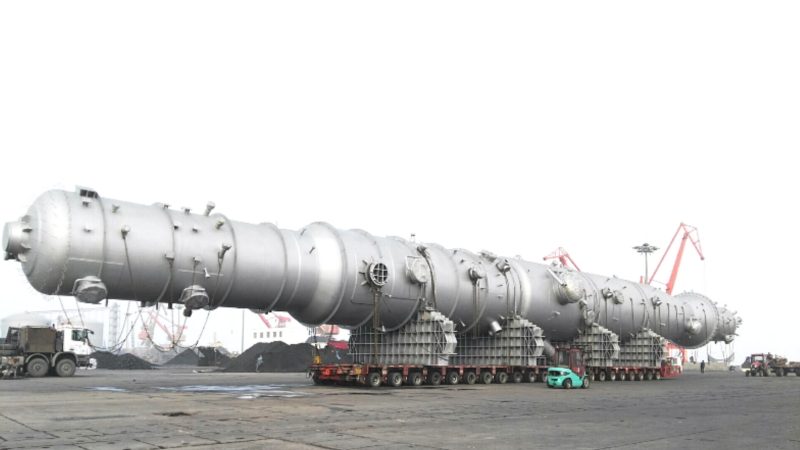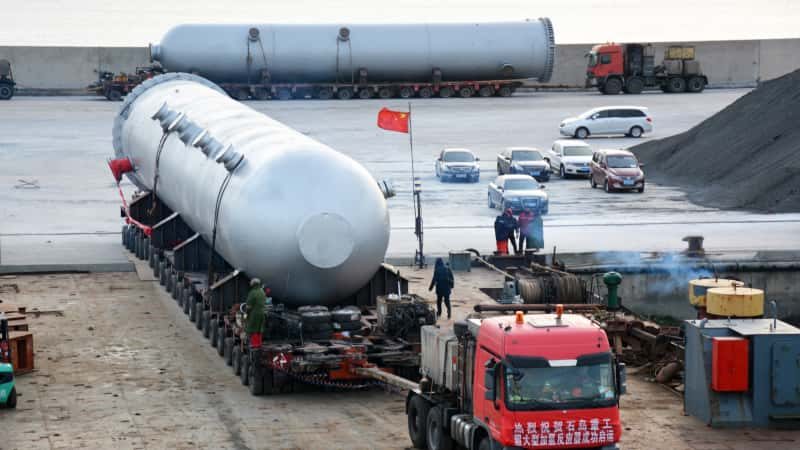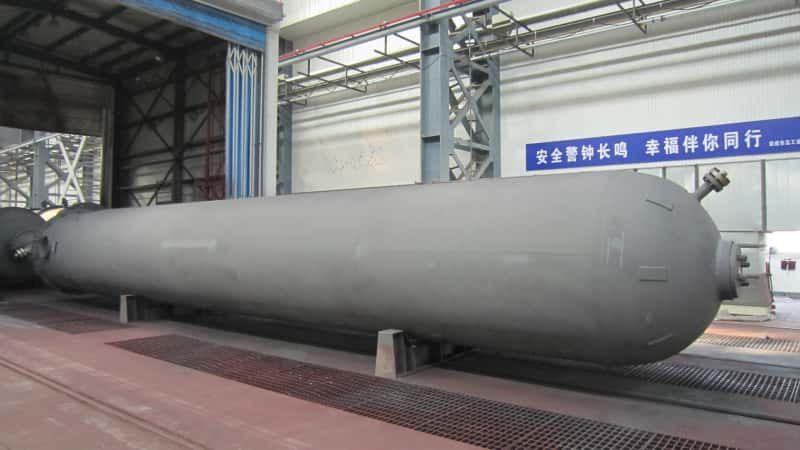\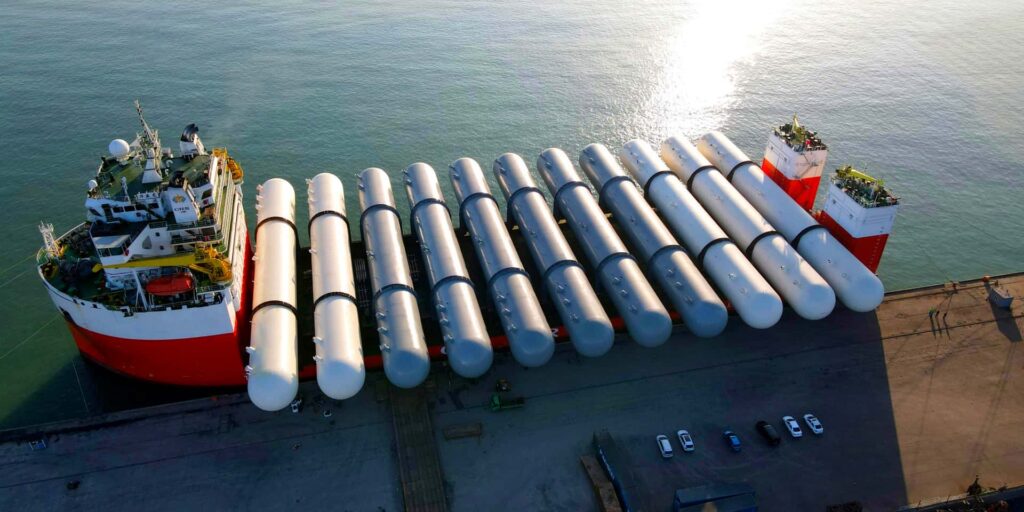 default[/caption]
default[/caption]
Improper use of a pressure vessel can lead to catastrophic results—ranging from pressure bursts and toxic leaks to costly downtime and safety violations. This is why knowing how to use a pressure vessel correctly is not only a technical requirement, but a legal and safety obligation. Whether you are an operator, engineer, or plant manager, you need to follow precise procedures from startup to shutdown to ensure that the vessel operates within its design limits, complies with codes, and maintains long-term integrity. This article provides a comprehensive, practical guide on how to correctly use a pressure vessel, from pre-use inspections to pressure monitoring, operational protocols, and post-use maintenance.
To use a pressure vessel safely and effectively, you must follow a sequence of steps: conduct a pre-use inspection, verify pressure relief devices, connect process inputs/outputs securely, pressurize slowly to design pressure, monitor operating parameters, and shut down according to manufacturer and regulatory guidelines. Always follow the vessel’s ASME or PED specifications and local safety procedures.
If you’re managing pressurized systems in industries like oil and gas, pharmaceuticals, or food production, continue reading to learn detailed step-by-step procedures and professional best practices for pressure vessel operation.
\
You can operate a pressure vessel without inspecting safety valves.False
It is mandatory to inspect and test pressure relief valves before using a pressure vessel to prevent overpressure failures.
Step 1: Pre-Use Inspection
What to Check
| Component | Inspection Task |
|---|---|
| External Shell | Look for cracks, bulges, or corrosion |
| Welds and Seams | Visual and NDT inspections for integrity |
| Nozzles and Connections | Ensure gaskets, flanges, and bolts are intact |
| Pressure Relief Valves | Confirm correct set pressure and operation |
| Nameplate and Tags | Verify design pressure, temperature, and serial code |
Inspection Checklist
| Checklist Item | Pass/Fail |
|---|---|
| No physical damage on outer shell | |
| Relief valve tested | |
| No visible leaks at joints | |
| Pressure gauge calibrated | |
| Documentation and logs updated |
\ Visual inspection of a pressure vessel is optional before use.False Visual inspection is a critical safety step required before operating any pressure vessel.
Step 2: Secure Connections and Instrumentation
- Connect inlet and outlet pipes using appropriate flanges or threaded joints.
- Confirm instrumentation such as pressure gauges, temperature sensors, and level indicators are functional and calibrated.
- Install block valves, drain valves, and venting systems as per the process requirements.
- Ensure control panel integration (for automated vessels) is tested.
Diagram: Typical Connection Points
| Label | Function |
|---|---|
| A – Inlet Nozzle | Introduces pressurized fluid |
| B – Outlet Nozzle | Removes processed/stored fluid |
| C – Relief Valve | Automatically relieves overpressure |
| D – Manway | Maintenance and inspection access |
Step 3: Pressurization Procedure
Step-by-Step Process
- Open vent valve to allow air displacement.
- Begin slow pressurization using a compressor or pump.
- Monitor pressure gauge—increase to 25%, 50%, 75%, then 100% of design pressure.
- Confirm no abnormal noises, vibrations, or leaks.
- Once full pressure is reached, close vent and secure the system.
Pressure Ramp-Up Chart
| Stage | Target Pressure | Actions |
|---|---|---|
| Initial Stage | 0–25% | Observe vessel behavior |
| Mid-Pressure Stage | 25–75% | Watch for thermal expansion effects |
| Full Pressure | 100% | Verify gauge matches nameplate spec |
Step 4: Monitoring and Normal Operation
During operation, constantly monitor:
- Internal pressure using gauges or digital sensors
- Fluid temperature for process stability
- Noise or vibration (signs of turbulence or cavitation)
- Relief valve status (should remain sealed unless tripped)
Operational Safety Table
| Parameter | Normal Range | Critical Threshold |
|---|---|---|
| Pressure | Within MAWP | >110% of MAWP = unsafe |
| Temperature | As per design spec | Exceeds design = material failure risk |
| Flow Rate | Process dependent | Sudden drop = blockage or leak |
| Relief Valve Trigger | Should be zero activations | If activated = inspect immediately |
\ It's safe to operate a pressure vessel above the nameplate pressure for short periods.False Operating above the vessel’s design pressure is extremely dangerous and strictly prohibited by code.
Step 5: Shutdown and Depressurization
When the process is complete:
- Turn off compressor or inlet pump.
- Isolate inlet and outlet valves.
- Open vent valve to release pressure slowly.
- Drain vessel using drain valve (if applicable).
- Wait until internal pressure reads zero.
- Disconnect instrumentation or piping only after complete depressurization.
Depressurization Safety Tips
- Never open manways or flanges under pressure.
- Use ear and eye protection—vents can release high-velocity gas.
- Ensure surrounding area is clear before venting.
Step 6: Post-Use Maintenance and Inspection
After each use or as part of a periodic maintenance schedule:
| Maintenance Task | Frequency |
|---|---|
| Visual Inspection | After every cycle |
| Relief Valve Testing | Annually |
| Internal Cleaning | Based on media type |
| Non-Destructive Testing (NDT) | Every 2–5 years |
| Hydrostatic Testing | Every 3–10 years |
Documentation: Update logbook with operating conditions, inspection dates, and any anomalies.
Common Safety Mistakes to Avoid
| Mistake | Risk |
|---|---|
| Skipping pre-use inspection | Catastrophic failure due to hidden damage |
| Overpressurizing the vessel | Shell rupture, explosion |
| Operating without relief valve | No safeguard against pressure surges |
| Venting without isolation | Environmental or personnel hazard |
| Using incorrect materials | Corrosion, embrittlement, or thermal failure |
Summary
Using a pressure vessel involves more than just connecting pipes and turning on a compressor. It requires a structured process that includes pre-use inspections, controlled pressurization, real-time monitoring, proper shutdown, and routine maintenance. Understanding and following these steps ensures safe, efficient, and code-compliant operation, prolongs the vessel’s life, and protects personnel and equipment from catastrophic failure.
Need Help Operating or Installing a Pressure Vessel?
We provide custom-engineered pressure vessels, installation support, and training services to ensure your operations are safe and compliant with ASME, PED, and international codes. Contact our experts today to schedule a consultation or operational training session tailored to your application.

